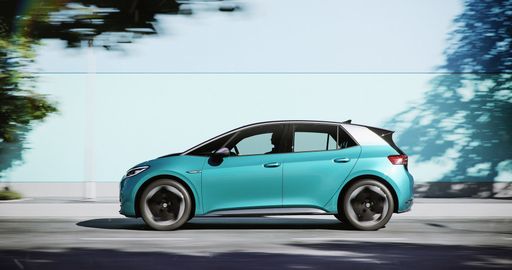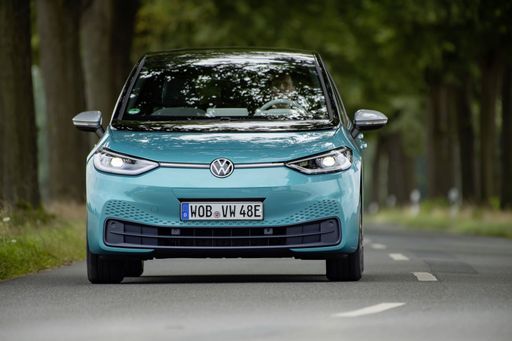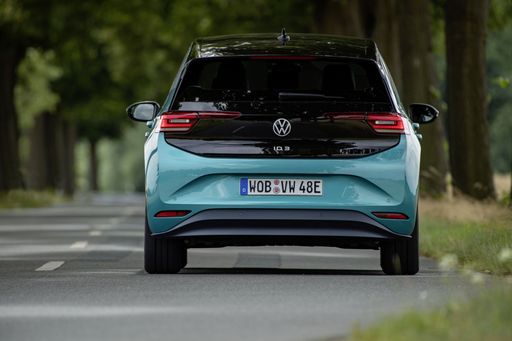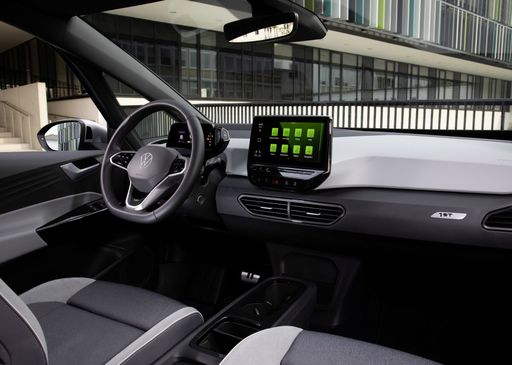City flirt or silent boulevard cruiser?
The Ford Puma wears its personality on its sleeve — a compact crossover with a cheeky stance that feels at home threading through tight urban streets and catching admiring glances at the lights. The VW ID.3, by contrast, is the portrait of composed modernity: quiet, purposeful and designed to dissolve the bustle rather than compete with it. Choosing between them is as much about attitude as it is about need — one invites you to play, the other to unwind. Both have urban virtues, just packaged for different tastes.











